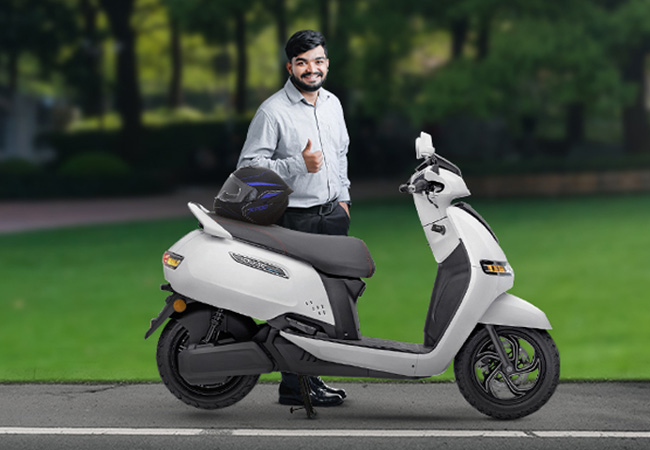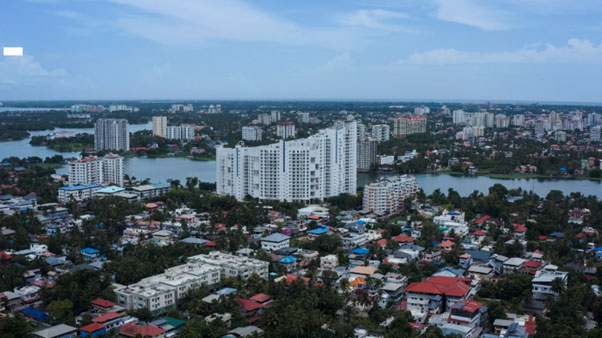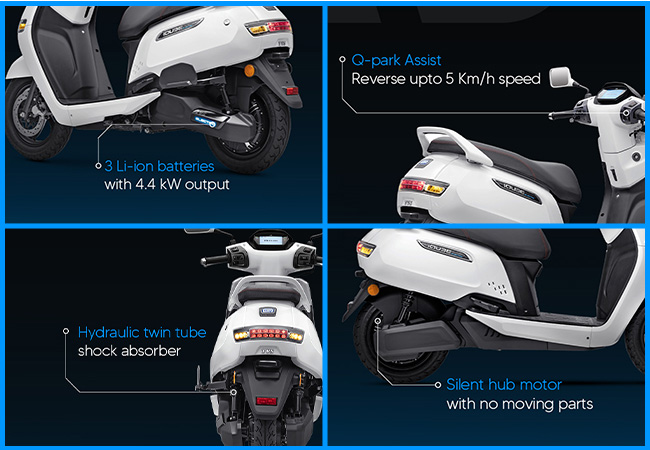Scheduled after the EMPS subsidy scheme, the FAME 3 scheme will pick up this long-term flagship program for promoting electric mobility ecosystem in India. The subsidy given to two wheelers is speculative at this point in time.
As per the interim Budget of the Government, the outlay for EMPS was pegged at a total amount of INR 500 Cr which was to be disbursed in order to maintain the momentum fostered by the preceding FAME II and I subsidy schemes.
Here’s what to expect from the FAME III subsidy program:-
Focus on Charging Infra
Despite a strong focus by the Indian Government on charging infra, the pace at which new charging points are being set up is not at par with the number of electric vehicles. To put that in contrast, there are 12000+ charging stations in India and over 87,000 petrol stations. The main concern here is that EVs require a longer time to charge as compared to re-fueling petrol/diesel.
To keep up with the increasing number of EVs, there is a need for vast expansion of charging infra. Under the FAME 3 subsidy, a fair chunk of the budget may be allocated to charging infrastructure.
Continued Incentives for EV Two Wheelers
The FAME subsidy got a third iteration (FAME III) during the budget announcement in July 2024. The government also aims to have two-wheelers under this subsidy program as a priority as two- wheelers account for more than 70% share of total vehicles sold in the country. In order to have a wider reach, it is logical for the government to prioritize two-wheelers under this scheme.
Push for Localization
During the time frame of the FAME II subsidy, there were norms for localization, including:-
• Indigenization of components.
• PLI schemes for R&D for advanced chemistry of cell composition.
• Domestic value addition metrics.
• Incentives for manufacturing key components of the charger (control board, user interface, mounting and encasement, network controller and cooling mechanism).
The groundwork for these norms is ongoing, but it is still in a premature stage. Therefore, it is speculated that the government may introduce a threshold for DVA (domestic value addition) to avail of this incentive. Clear guidelines may be put into place for the indigenisation of various components that must be locally manufactured.
Incentive for R&D
The development and manufacturing of battery cells, chargers and components that go into any EV requires sophisticated manufacturing processes. In FAME I, a substantial amount was placed on R&D, innovation and technological development.
However, a lot more has to be done in this regard as development, pilot projects, refining the technology and then manufacturing at scale require expertise - the Indian automotive industry is in a progression phase and would require both funds and focus. The government needs to have a significant share in R&D for long-term global competitiveness.
These iterations are expected to roll out as the new administration resumes office and will have a concentration on electric two wheelers and three wheelers, and commercial electric vehicles. The FAME 3 scheme marks a crucial milestone in India’s journey towards mass adoption of electric vehicles.
Also Read:







